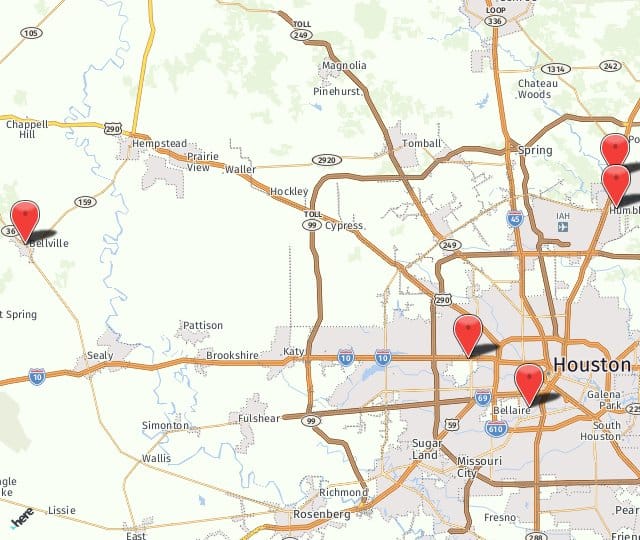Lumbar disc disease generally manifests itself by pain in the lower back or lumbar region and also associated pain radiating down one or both legs (sciatica). Additional symptoms of weakness of muscles in the legs, tingling or numbness in the legs, or difficulty with bladder or bowel control imply that the clinical situation is more significant than when pain is the only symptomatology. Neurological deficits such as these are usually associated with disc herniations large enough to cause compression and compromise of nerve function, and generally should be evaluated promptly. After a detailed neurological exam the evaluation usually consists of MRI scanning and/or lumbar myelography combined with CT scanning. Patients who are stable and without neurological deficit are initially managed conservatively with diminution of activity, anti-inflammatory medication, pain medication, and sometimes physical therapy. In situations where the symptoms or clinical problems persist or progress, a microsurgical procedure can be performed to relieve the compression on the affected nerve or nerves. The main purpose of the surgery is to relieve pain radiating down the legs rather than pain in the lower back. An uncomplicated disc herniation is usually managed by microsurgical technique performed in an outpatient setting. Usually the patient is discharged home within a few hours of surgery after walking, eating, and showing normal bladder function. Office work or school activities can usually be restarted within days of the surgery. Heavy physical activity or strenuous sports usually are avoided for several months.



